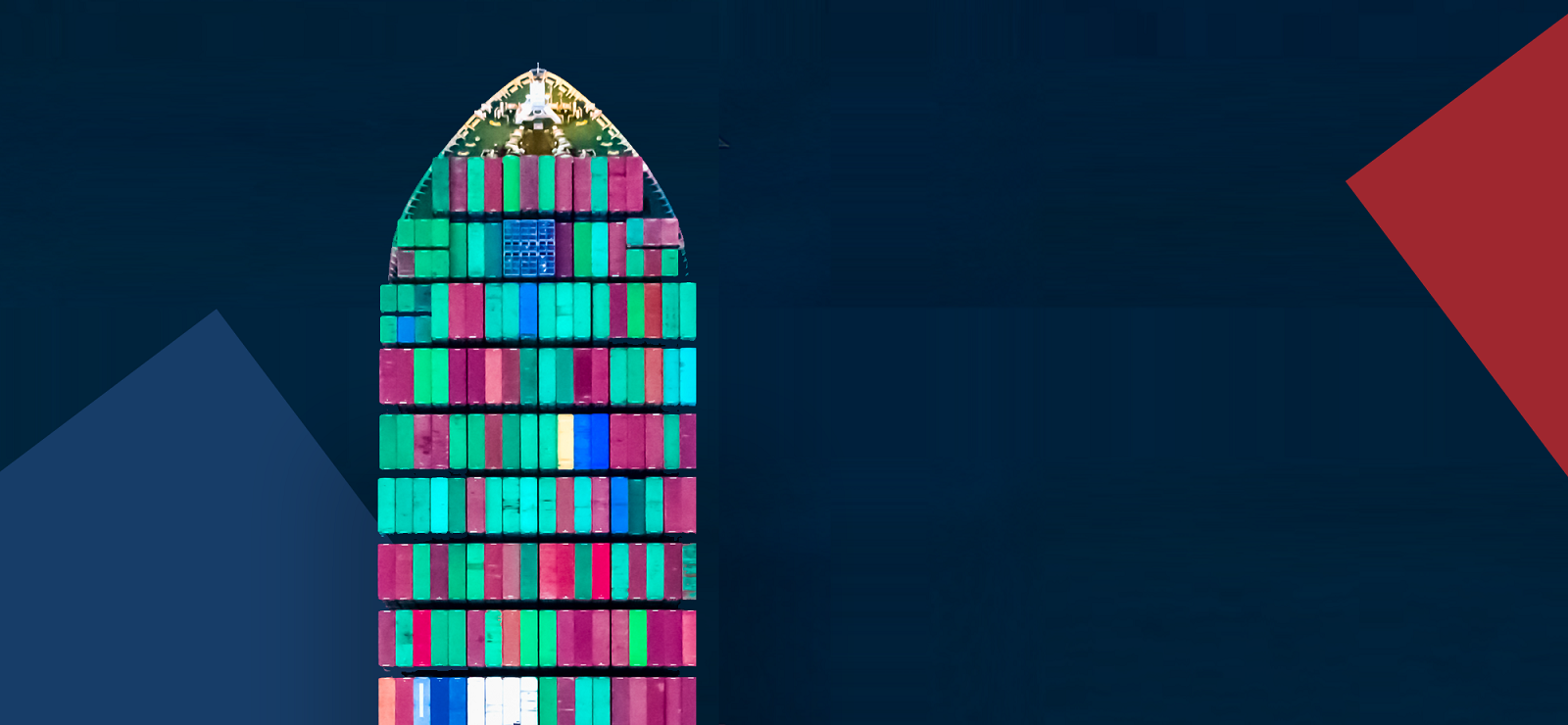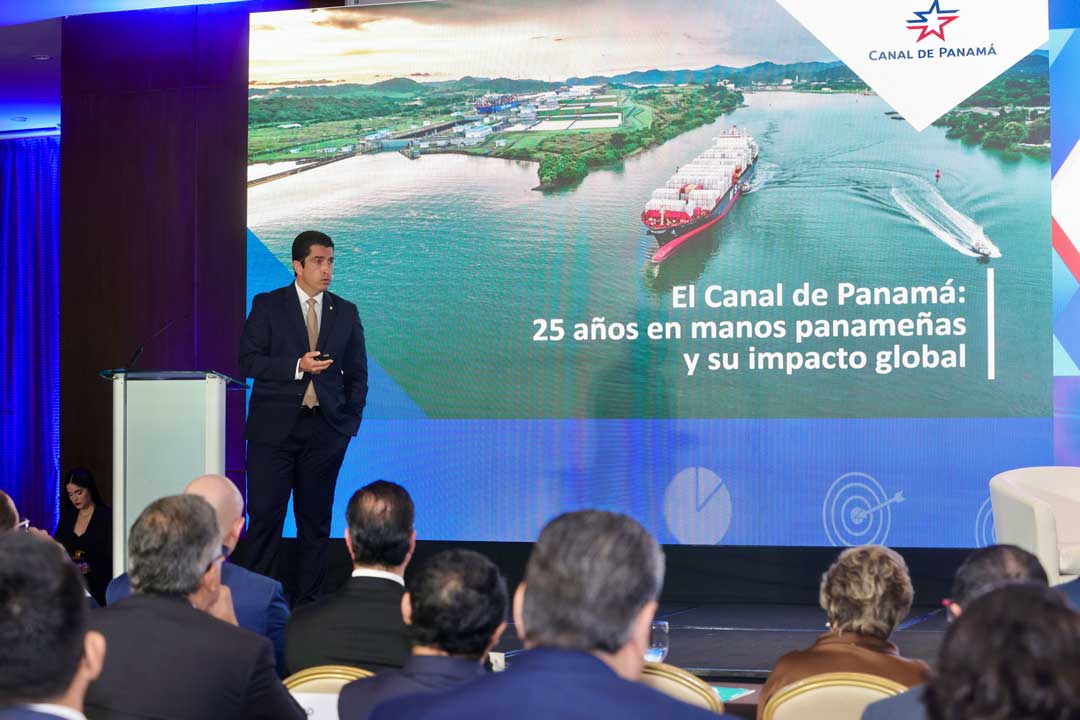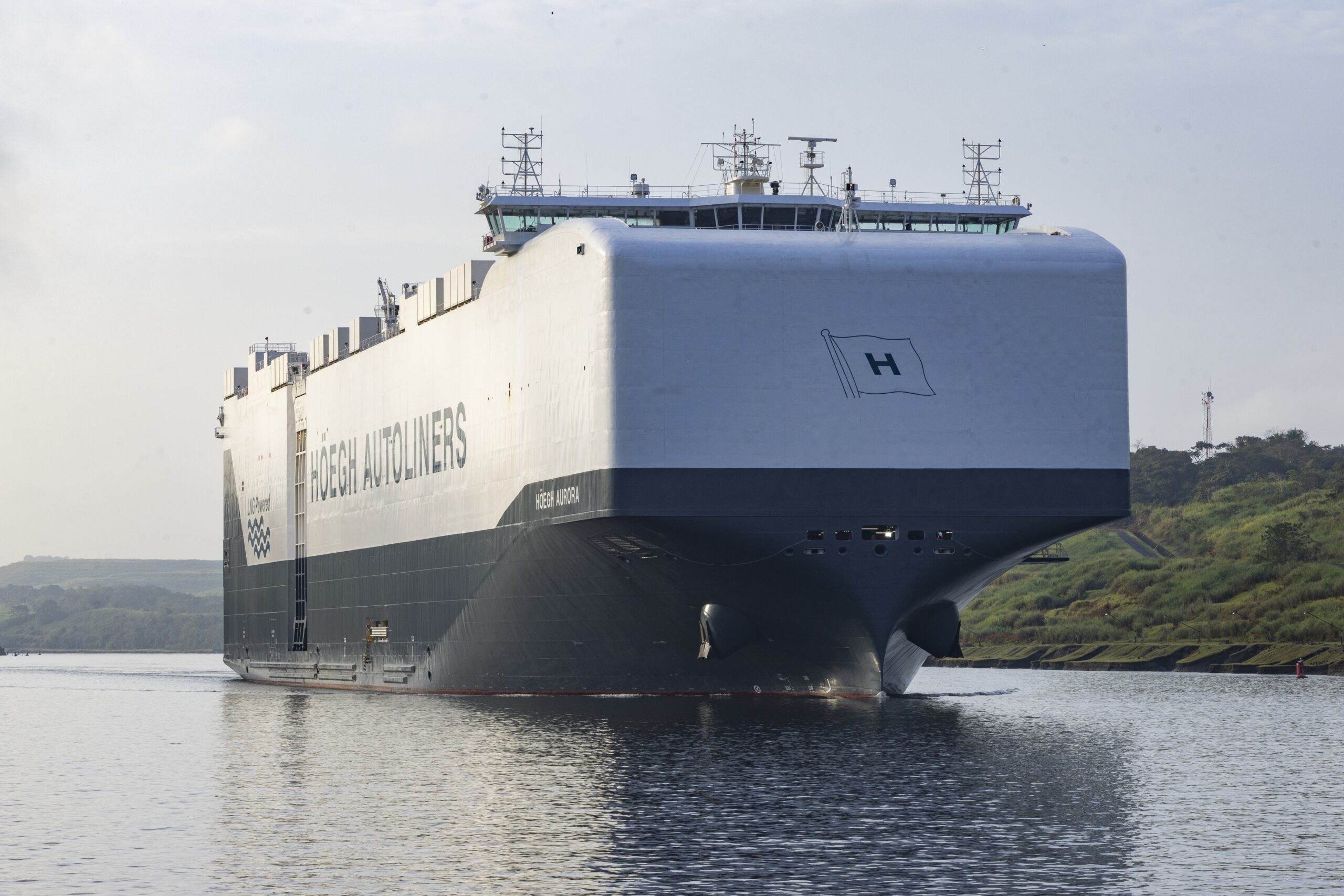At the World Gas Conference in Washington, DC, the Panama Canal confirmed plans to lift self-imposed daylight and encounter restrictions to provide additional LNG transit opportunities
June 27, 2018, Washington, DC – In anticipation of LNG transit needs, the Panama Canal will lift self-imposed daylight and encounter restrictions on LNG vessels, Deputy Administrator Manuel E. Benitez announced today during a press briefing at the World Gas Conference in Washington, DC. The changes will go into effect October 1, 2018.
“Lifting daylight restrictions means LNG vessels will be able to transit the locks at night – as vessels in other segments currently do,” explained Mr. Benitez during a presentation. “Lifting encounter restrictions means LNG vessels will be able to navigate Gatun Lake at the same time, allowing two different LNG vessels to transit the Canal the same day in two different directions. Together, these changes will provide more flexibility and time during the day to transit LNG vessels, and result in an opportunity for LNG shippers to compete for a second booking slot.”
Currently, with these restrictions in place, the Panama Canal provides one dedicated reservation slot to LNG carriers per day. This equates to seven dedicated LNG booking slots per week. This is more than the current demand from LNG shippers, who average 5.5 transits per week. In addition to the one dedicated slot, the Canal frequently works with customers to transit vessels that arrive without a prior reservation, so long as the day’s vessel mix allows. The waterway has regularly transited two LNG vessels the same direction in the same day, and demonstrated the ability to transit up to three vessels the same day in the same direction during periods of uncharacteristically high demand.
“By lifting these restrictions on October 1, the Canal will unleash even more capacity for LNG,” said Silvia de Marucci, Executive Manager, Economic Analysis and Market Research Division at the conference. “In addition to the one reservation it guarantees each day, the Canal will soon offer LNG shippers, for the first time, the opportunity to compete among our wider vessel segments to book a second daily slot.”
The opportunity to compete for this new, second slot has never been available to LNG shippers before. And it will be offered on top of the Canal’s continued efforts to transit LNG vessels that arrive early for their reservations or without one altogether – a commitment to customer service which has been evident ever since the Expanded Canal unlocked the waterway to LNG in June 2016.
Over the past two years, the waterway has welcomed a total of 372 LNG transits. All LNG vessels that arrived with reservations were transited on time, except for one which arrived late. Of the 35 that arrived without a reservation, the Canal transited 30 of these ships the same day, and the remaining five transited with limited wait. Today, there is currently no wait for LNG vessels to transit the waterway.
The Canal’s decision to lift these restrictions follows it gaining considerable experience transiting LNG vessels the past two years. It also comes at an opportune time in the market. According to the Canal, LNG transits at the waterway are expected to grow by more than 50 percent by the end of FY 2018 compared to FY 2017, for which it stands ready to receive. The Canal currently – as it always has – provides more than enough capacity for LNG vessels and will continue to do so as demand grows.
As the trade of, and interest in, LNG continues to rise, these new measures will ensure the Canal remains one step ahead of demand and is able to offer the same service, flexibility and opportunity that it always has to keep global trade moving safely and swiftly.
About the Panama Canal Authority
The Panama Canal is run by an autonomous agency of the Government of Panama in charge of managing, operating and maintaining the Panama Canal. The operation of the Panama Canal Authority (ACP) is based on its organic law and the regulations approved by its Board of Directors. For more information, please refer to the ACP’s website: http://www.pancanal.com or follow us on Twitter @thepanamacanal.
About the Panama Canal Expansion
The Panama Canal Expansion is the largest enhancement project since the Canal’s opening in 1914. Considered and analyzed for a decade with more than 100 studies, the Expanded Canal provides the world’s shippers, retailers, manufacturers and consumers with greater shipping options, better maritime service, enhanced logistics and supply-chain reliability. The Expansion included the construction of a new set of locks on the Atlantic and Pacific sides of the waterway, creating a third lane of traffic and doubling the cargo capacity of the waterway. While the expanded locks are 70 feet wider and 18 feet deeper than those in the original Canal, they use less water due to water-savings basins that recycle 60 percent of the water used per transit. In line with its commitment to customer service, the Panama Canal will continue to provide the world with value for another century and beyond.




